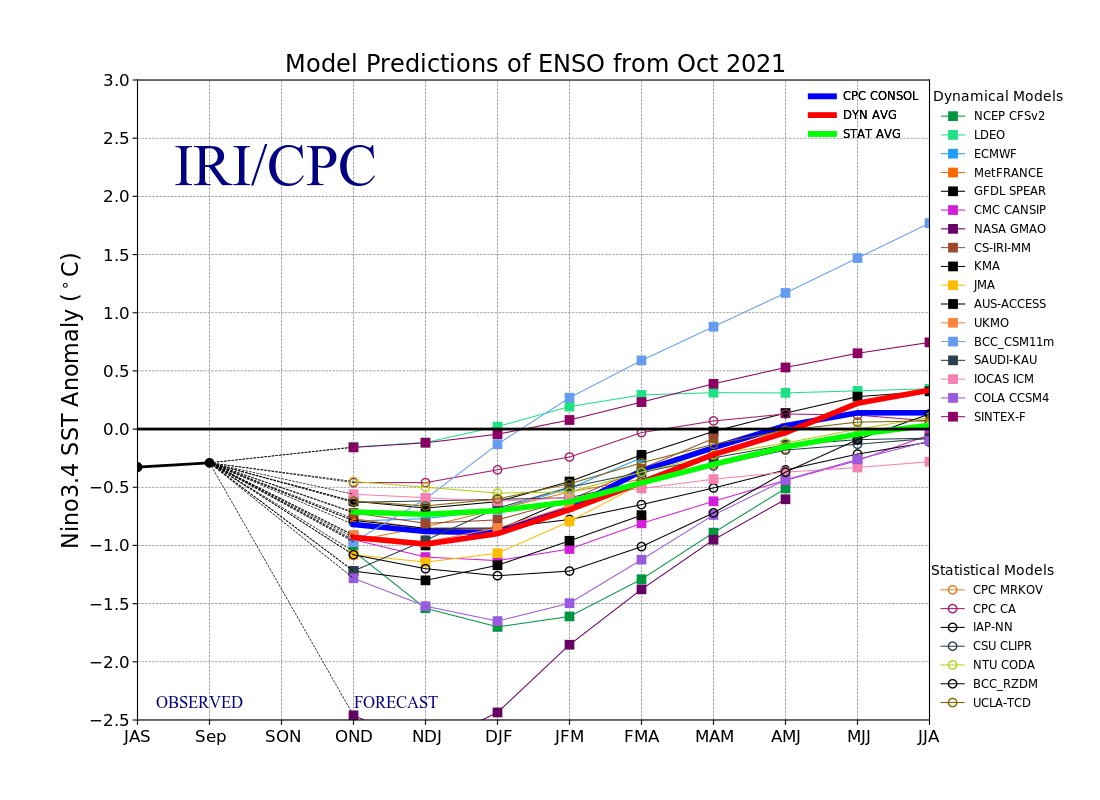
Interesting discussion in @ISSUESinST about future emissions scenarios. Its encouraging that there is a growing recognition on all side of the debate about the progress we have made in making very high emissions scenarios much less plausible. issues.org/climate-scenar…
I do want to take a bit of an issue with this statement by @chrfield and @Marcia4Science that it "remains 100% accurate" to call RCP8.5 a BAU scenario "even if RCP8.5 does not appear to be the most likely high-emissions pathway."
Both @DetlefvanVuuren and Keywan Riahi who developed the scenario emphasized to me that it was never intended to be "business as usual", but rather a reflection of the upper bound of potential baseline outcomes when RCPs were developed in the late 2000s. carbonbrief.org/explainer-the-… 

Part of the problem was a breakdown of sorts in communication between the energy modeling and climate modeling community. For example, RCP6.0 was described as is about as likely a baseline outcome as RCP8.5, yet no one ever (to my knowledge) called RCP6.0 "business as usual".
And, of course, pretty much everyone now agrees (IEA, UNEP, CAT, IAMs, etc.) that the world is not on track for a RCP8.5 emissions outcome today, even if we can endlessly debate how plausible a 21st century dominated by coal was back in the late 2000s. nature.com/articles/d4158…
Correction, a more likely no-policy baseline outcome:
https://twitter.com/hausfath/status/1451608404825231363
• • •
Missing some Tweet in this thread? You can try to
force a refresh















